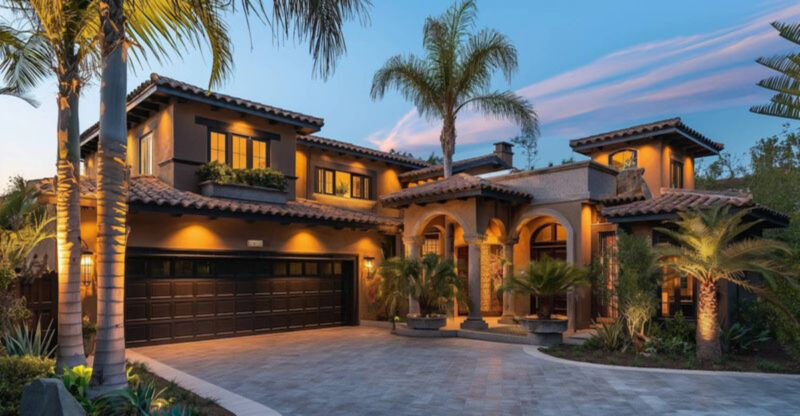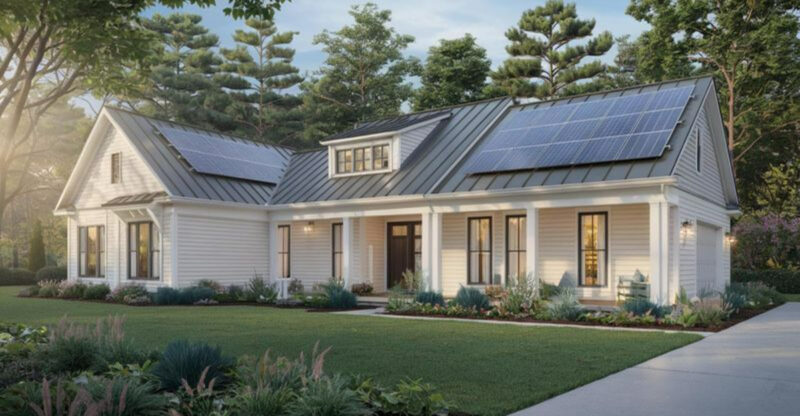By Late 2025, These 6 California Homes Will Cost More, Especially These 4 Climbing Fast
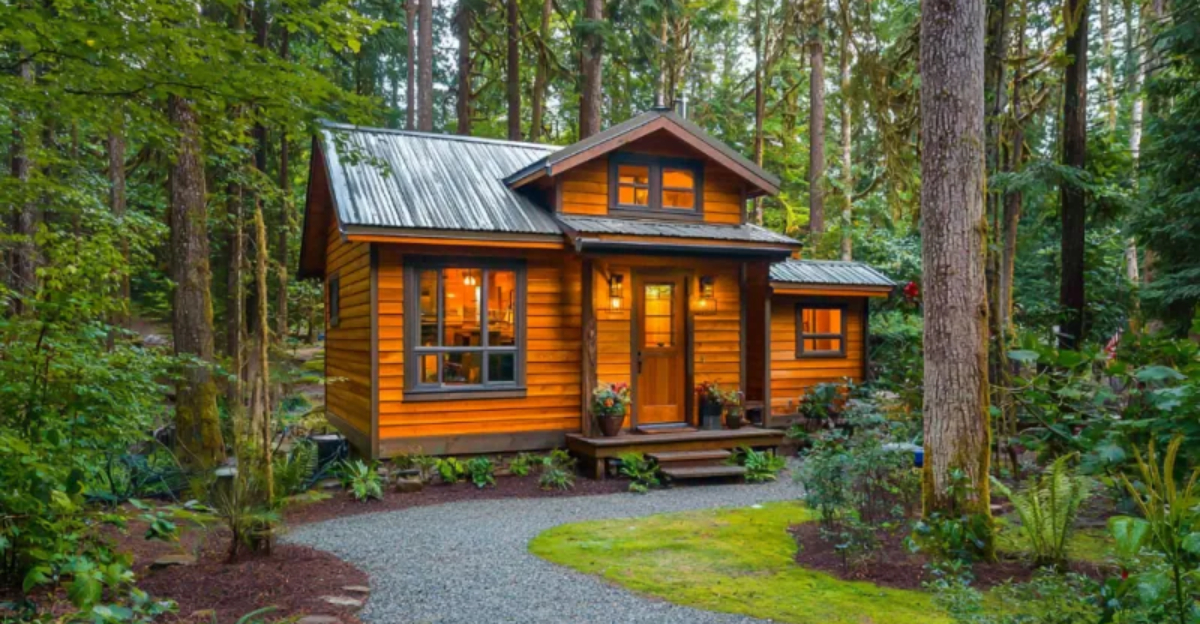
California’s real estate market stands on the edge of another transformation. Shifting tastes, tight supply, and powerful economic currents are steering buyers toward particular kinds of properties.
Neighborhoods are evolving, and certain homes are pulling ahead, ready to command steeper price tags.
As the state’s housing landscape takes on new contours, the gap between steady growers and skyrocketing stars is set to widen.
1. Luxury Homes In Coastal Resort Areas
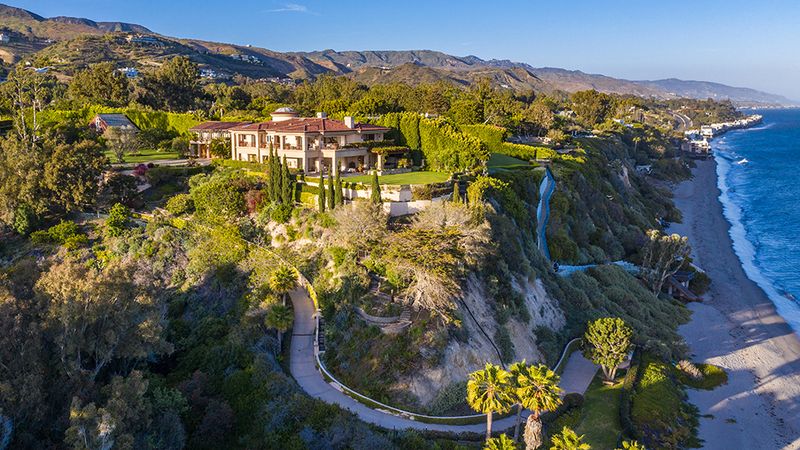
Demand continues to outpace supply along California’s breathtaking coastline. These exclusive properties attract wealthy buyers seeking second homes and investment opportunities in places like Malibu and Carmel.
Luxury coastal homes offer unmatched views and lifestyle benefits that remain highly coveted despite economic fluctuations. With limited buildable land and strict coastal regulations, prices are projected to jump 15-20% by late 2025.
2. Older Homes With Historic Charm
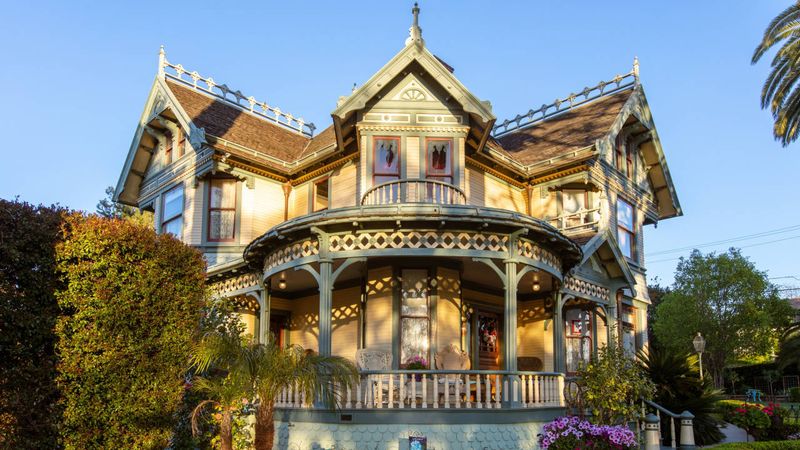
Character and craftsmanship from bygone eras command premium prices in today’s cookie-cutter world. Vintage Craftsman bungalows, Victorian gems, and Spanish Colonial revivals throughout California neighborhoods are becoming increasingly rare treasures.
These historic homes feature irreplaceable details like hand-carved woodwork, original stained glass, and architectural elements rarely found in new construction. With renovation shows fueling interest, expect 12-15% value increases by 2025.
3. Large Properties In Scenic Wine Regions
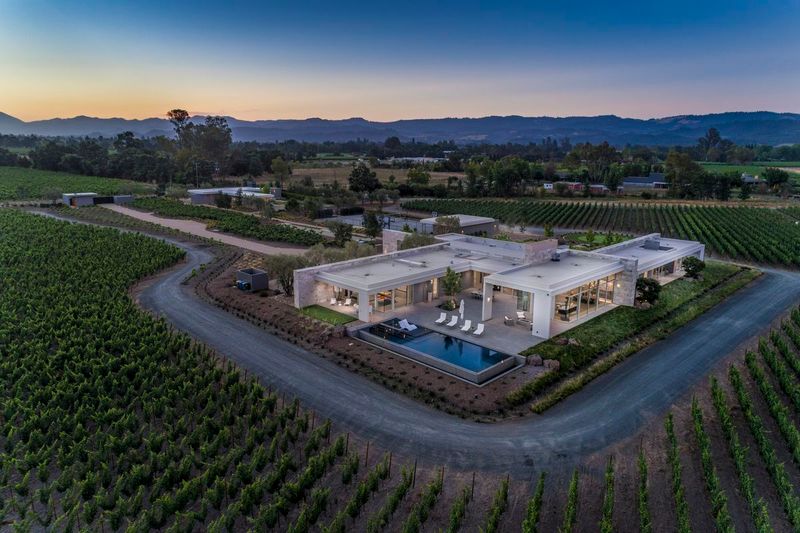
Vineyards and estate homes nestled among rolling hills are capturing attention from affluent buyers seeking rural retreats. The allure of Napa, Sonoma, and emerging wine regions combines agricultural investment with luxury living.
Properties such as these offer both lifestyle enhancement and potential business opportunities. With wine tourism rebounding and remote work normalizing, vineyard estates are expected to see values climb 18-22% by late 2025, making them one of the fastest-appreciating categories.
4. High-End Urban Condos In Limited Supply Markets

Premium vertical living spaces in San Francisco and Los Angeles are regaining momentum after pandemic-related slowdowns. Market analysts note renewed interest in these properties as urban amenities reopen and office returns increase.
Luxury condominiums offer lock-and-leave convenience with five-star amenities that appeal to high-income professionals and empty nesters. With development constraints and rising construction costs limiting new inventory, expect 14-17% price increases by 2025.
5. Properties In Climate-Resilient Zones
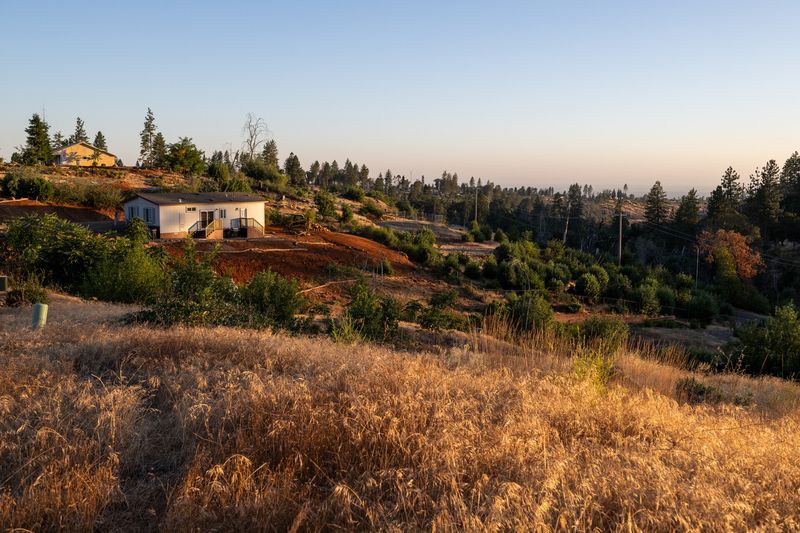
Savvy buyers are increasingly prioritizing locations with lower wildfire, flooding, and drought risks. Microclimates along the central coast and certain inland areas with robust infrastructure are seeing growing demand.
These climate-conscious properties provide peace of mind in a state facing environmental challenges. Insurance companies are influencing this trend by raising rates in vulnerable areas while offering better terms in resilient zones, potentially driving 10-13% price growth by 2025.
6. Homes In Areas With Strong Job Growth
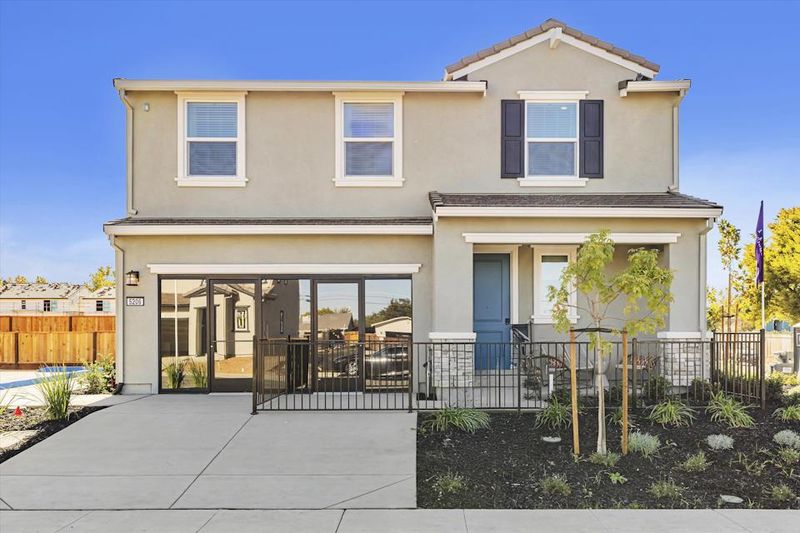
Employment opportunities drive housing demand, especially in emerging tech and biotech hubs. Communities surrounding Sacramento, Fresno, and parts of the Inland Empire are benefiting from business relocations and expansions.
The job-rich areas ensure relative affordability compared to coastal markets while providing economic stability. With companies seeking lower operating costs while staying within California, expect these regions to see housing values increase 11-14% by late 2025.
7. Affordable Homes Near Major Tech Corridors
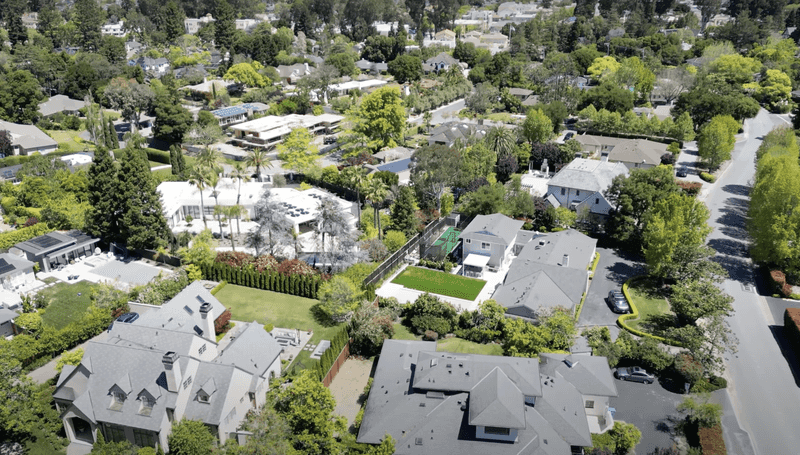
Value-conscious buyers are discovering sweet spots within commuting distance to tech hubs but at fraction of the price. Communities like Tracy, Livermore, and parts of Ventura County offer relative bargains with growing amenities.
These strategic locations balance affordability with access to high-paying jobs. As hybrid work models persist and transportation improvements continue, these peripheral communities are projected to see 15-18% price appreciation by 2025, making them among the fastest-climbing markets.
8. Energy-Efficient And Sustainable New Builds
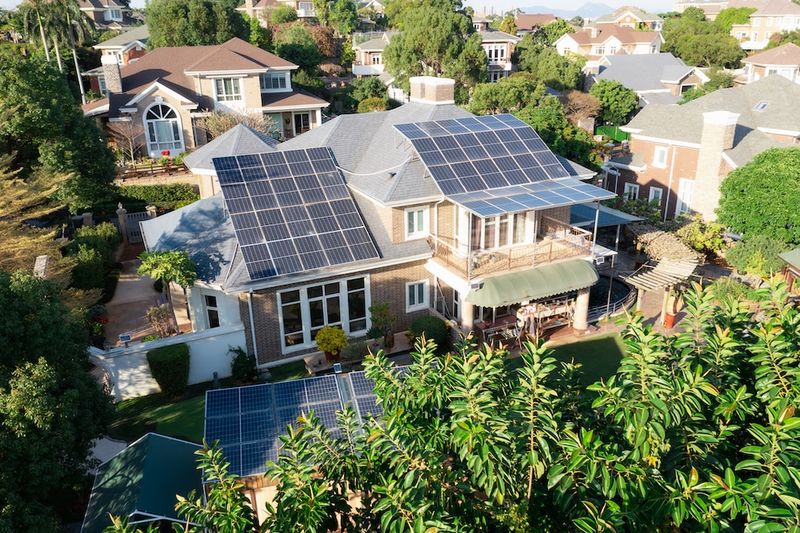
Forward-thinking construction with minimal environmental footprints commands premium prices in today’s market. New developments featuring solar integration, gray water systems, and efficient designs are attracting environmentally conscious buyers.
Eco-friendly homes offer lower utility costs and align with California’s climate goals. With building codes increasingly mandating green features and buyers willing to pay more for sustainability, expect these properties to see 13-16% value increases by 2025.
9. Smaller Homes Popular With Downsizing Buyers

Compact living spaces with smart designs are attracting empty nesters and retirees looking to simplify. Boomers are driving demand for single-story homes under 1,800 square feet with low-maintenance features and quality finishes.
These right-sized properties provide practicality without sacrificing comfort or style. With California’s aging population and rising costs pushing efficiency, well-designed smaller homes are projected to appreciate 16-19% by 2025, particularly in desirable communities.
10. Properties In Walkable, Vibrant City Districts
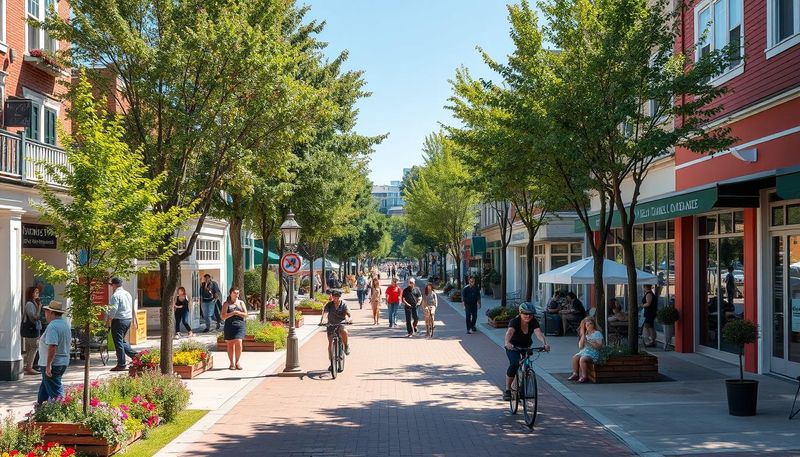
Urban neighborhoods offering pedestrian-friendly living are seeing renewed interest post-pandemic. Areas like Oakland’s Temescal, San Diego’s North Park, and Sacramento’s Midtown blend accessibility with character and convenience.
Walkable districts provide community connection and reduced car dependency that appeals to multiple generations. With millennials entering peak home-buying years and preferring experiential living, these vibrant urban pockets could see 17-20% price jumps by late 2025, among the fastest-appreciating categories.



